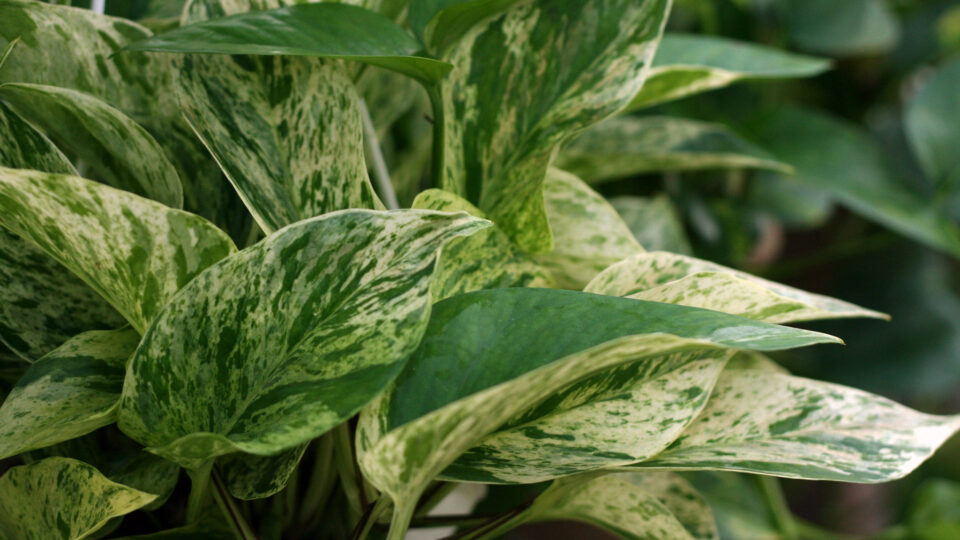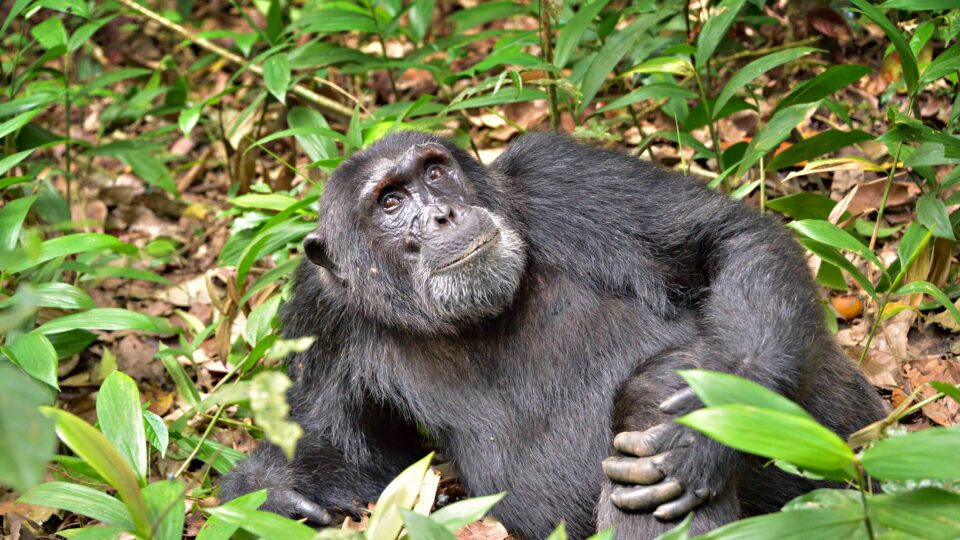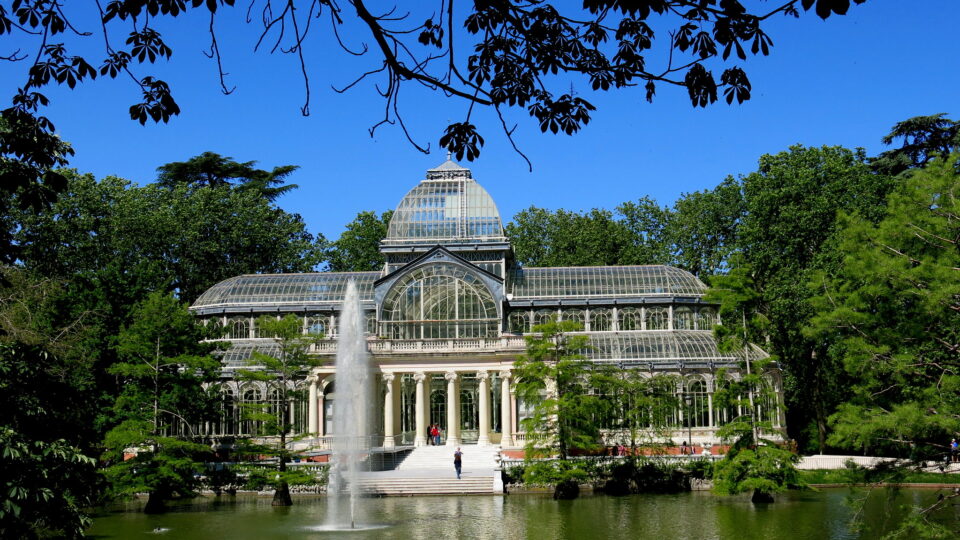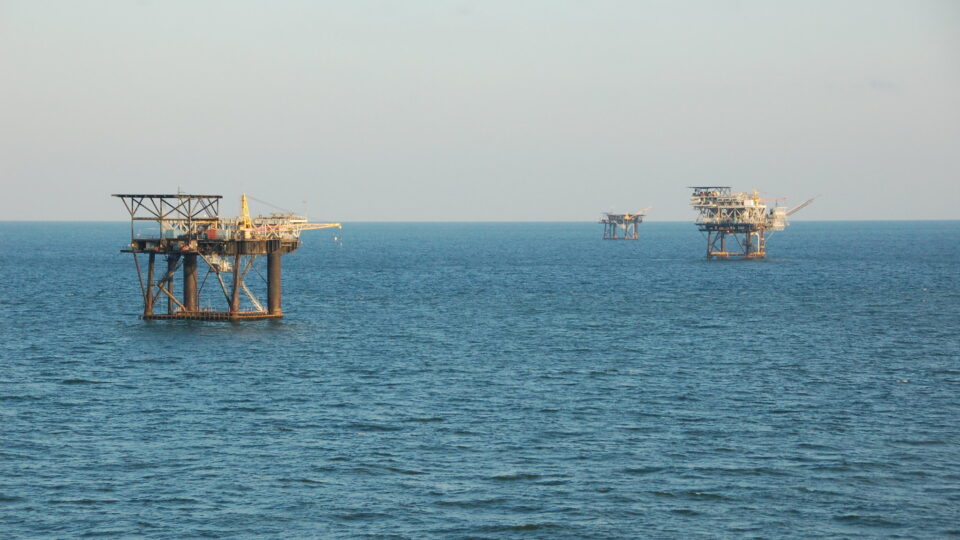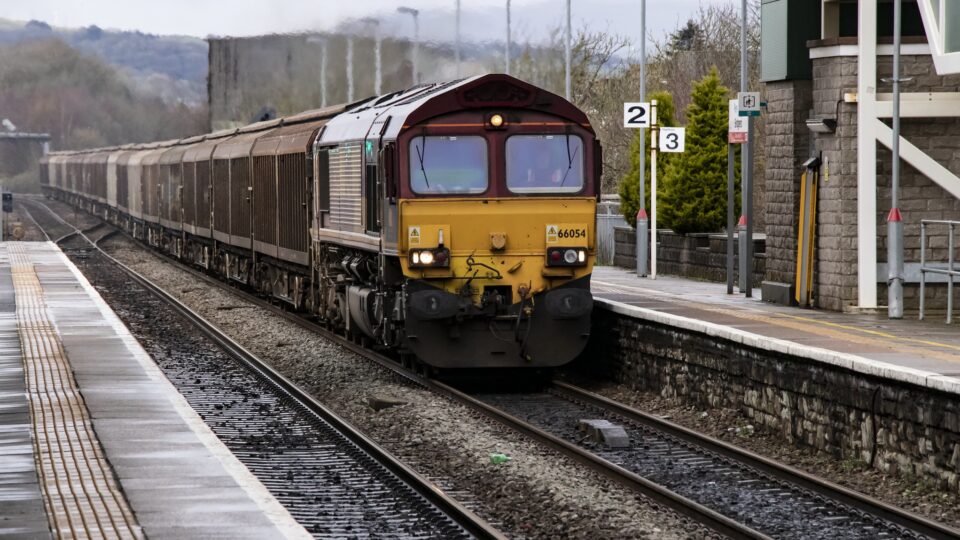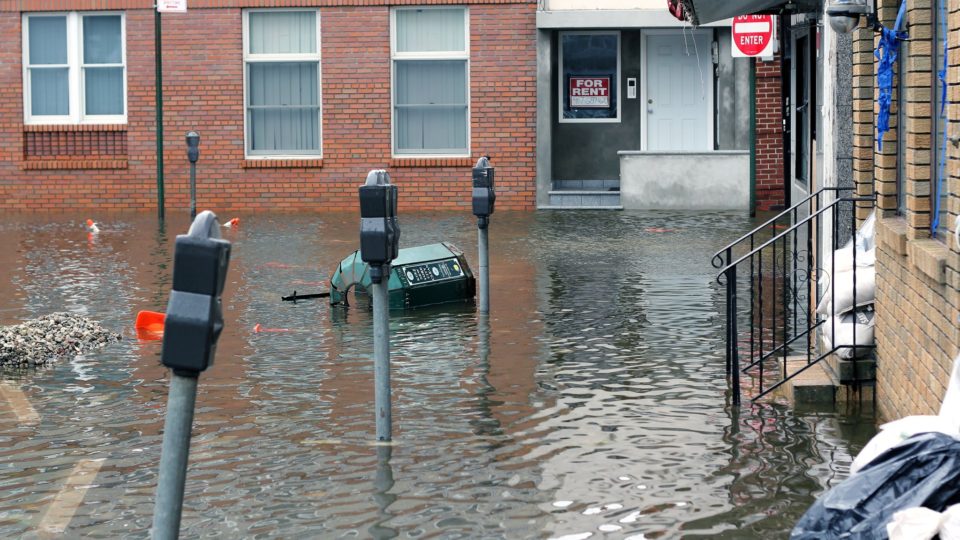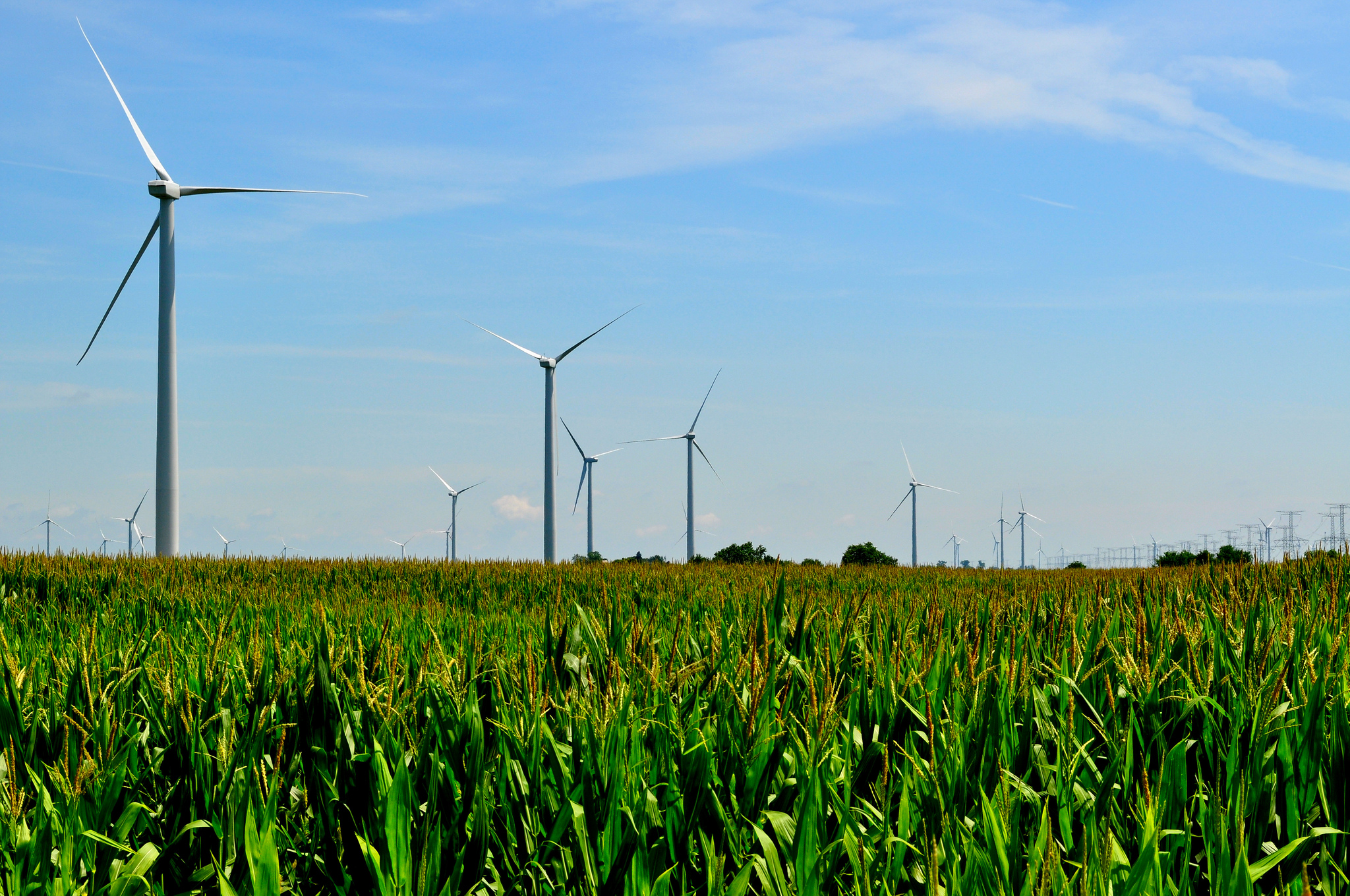Collisions with wind turbines are one of the leading causes of bat mortality in North America and Europe. Most bat fatalities are caused by bats colliding with the rotating blades of wind turbines. Fatalities are highest during autumn migration and on nights with low wind speeds.
According to a recent study, land-based wind turbines kill as many as 880,000 bats a year and are wiping out so many threatened bats that some species may become endangered unless preventative action is taken.
The big challenge is that bat conservation experts and scientists don’t know how to stop or reduce turbine collisions. They don’t really know why bats are interacting with turbines to the extent that they are. Do turbines attract bats? Do turbines’ bright lights or just their silhouettes stimulate an attraction response?
The U.S. Department of Energy has awarded $8 million to five research centers to develop strategies for deterring bats from wind turbines.
One of these is Bat Conservation International, which is an organization whose mission is to accelerate research to address knowledge gaps in bat ecology and behavior and develop technologies and industry methods to reduce fatality of bats at wind farms. Among the approaches to be tested is limiting the use of nighttime lighting on wind farms to make migrating bats less likely to fly through blades.
Another team at Boise State University is designing ultrasonic noisemakers to scare off bats.
In announcing the new program, the Department of Energy states that wind energy must be appropriately and responsibly sited, which includes the protection of wildlife and their habitats.
**********
Web Links
Experts Seek to Spare Bats From Wind Turbine Collisions
Photo, posted January 10, 2013, courtesy of Tom Shockey via Flickr.
Earth Wise is a production of WAMC Northeast Public Radio

